Safety Third
Life first
If you land on luxagraf.net on an odd day of the month, you might notice the little tag line under the site title is “safety third”. This comes from a sticker we saw on a pole outside the Henry Miller Library in Big Sur, California. Miller no doubt would have agreed. He might have ranked safety even lower in his decision calculus. I often do.
Every time we go to any sort of government park — state, national, county, city, you name it — we get handed a set of rules. I can tell which level of government land we are on by the number of rules, the more rules, the higher level government. These rules are invariably couched in terms of safety.
They range from the ridiculous to the obvious, but almost never tell anyone anything they didn’t already know. As we all know, these rules serve no purpose beyond heading off lawsuits. Go abroad to less litigious cultures (like Mexico) and you’ll discover there are far fewer rules, yet somehow no radical increase in accidents.
The Safety Third sticker became our antidote to the endless rules of public spaces. It was a good family joke. Whenever we do something other people might frown on, one of us will invariably shout, “safety third!” before plunging ahead.
Then the pandemic happened.
Regardless of your opinion on the response to the pandemic, one overarching truth struck me early on: a very vocal and powerful segment of our culture believes that safety trumps everything. For some people I realized, all those ridiculous signs aren’t ridiculous. They aren’t a joke. They aren’t just their to head off lawsuits. For some people these signs are words to live by.
What was more troubling though was that these people assumed that the rest of us would agree with their thinking, that nothing is worth risking life for, absolutely nothing.
I think we need to go back to the phrase itself and think about what we’re really saying when we say “Safety First”. If safety is truly first then love, joy, honesty, purpose, and a thousand other elements of human existence mean nothing once they conflict with safety.
We saw this in the pandemic when loved ones were forced to die alone isolated in hospitals because it would not have been “safe” for their families to be with them. Again, I don’t care what you think of the disease, there is some fucked up thinking behind that “logic”.
Still, this thinking shouldn’t have been surprising. It’s the natural outcome of an obsession with safety. Our lives were already littered with the tools of safety — rules, warning labels, helmets, straps, leashes, railings, walls, soaps, disinfectants, goggles, and so on. Who will object to a few more on top of that?
But I am not so much concerned with any new levels of safety mania, I’d prefer to cut it off at the root. I don’t want to live obsessing over safety, and I don’t want my kids to live that way either. I suspect most people don’t. You probably don’t.
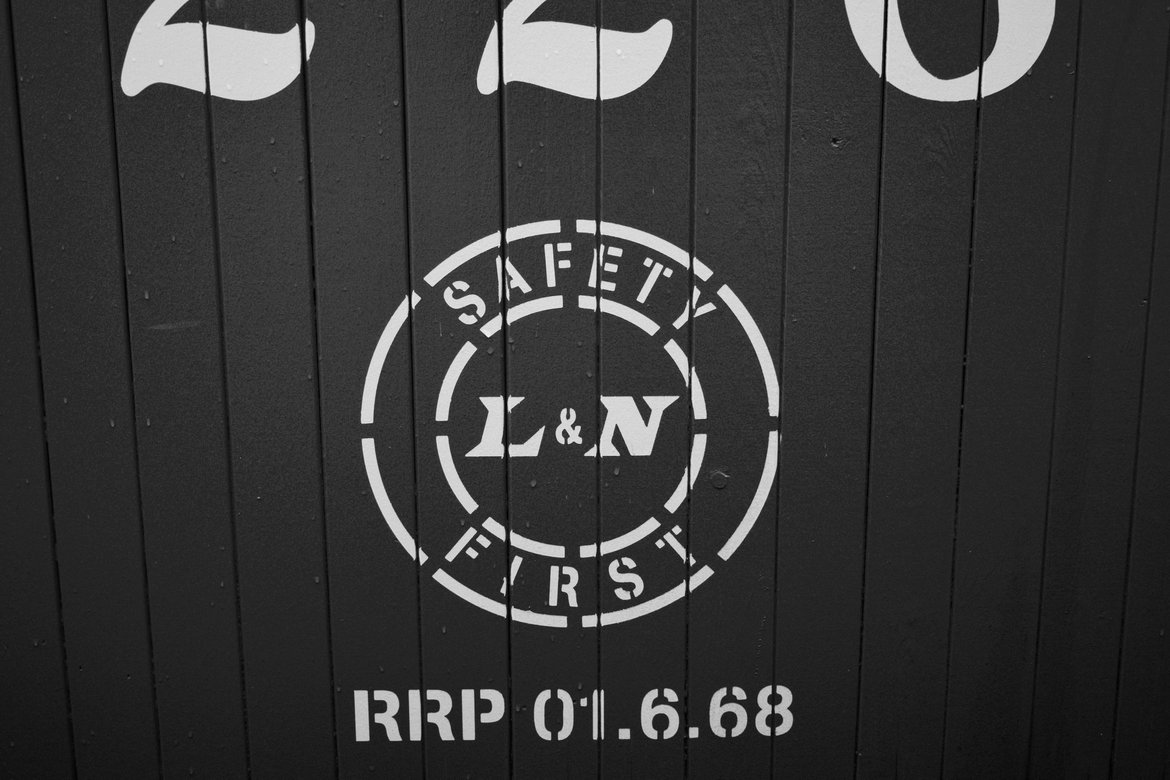
Safety is an endless positive feedback loop. The safer you think your are, the less risk you are willing to take. Once you get on that treadmill, it’s nearly impossible to get off without knocking the whole thing over. People get trapped. Witness Howard Hughes, an extreme, but illuminating example. Cultures too seem to get trapped, with ours currently steaming up that lofty mountain of self-imposed isolation and madness that Howard Hughes pioneered.
Before I get too deep it’s probably necessary to point out that if safety is at one end of a spectrum and reckless idiocy is at the other, in rejecting an obsession with safety I am not suggesting the antidote is reckless idiocy. The opposite of one idea is invariably another bad idea. Sanity is in the middle.
There is a third option between the timidity born of fear and safety obsession, and cliff diving in Acapulco. It’s called thinking for yourself. You can find a balance point between paranoia and recklessness, recognizing that other people will find different balance points than you and that’s okay.
This is what I mean when I say safety third. Not that you should be reckless, but that thinking of safety first isn’t going to lead to a meaningful life. When you come to the end of your life, whenever that may be, I am confident that you are not going to be thinking “I wish I had been safer”. Bonnie Ware’s famous book, The Top Five Regrets of the Dying has not one mention of safety.
Life is not always safe. The sooner you accept this and move on, the happier you will be. Just getting out of bed is fraught with risk. Ask Hughes. He eventually stopped doing it. So if it’s safety you really want, that’s probably the way to go.
Still, I’d like to propose that things aren’t actually nearly as risky as our ingrained safety-first mentality might make it seem. You may have noticed you weren’t born wearing a helmet. In fact your skull was literally smashed as you were born and yet here you are. You then grew to have a reasonably strong skull, similar models managed to help the rest of your species survive lo these last 400,000 or so years. And, while you weren’t born with knee and elbow pads, you were born with some pretty remarkable joints and an almost Wolverine-like ability to heal thanks to a very sophisticated immune system. All of which is to say that nature, god, whatever you like to attribute this state of affairs to, has provided you with a pretty good starting point. You’ve got a good system for avoiding and dealing with injury should you miscalculate risk in some way.
Proponents of the safety-industrial complex will here likely note that you weren’t born with a mountain bike or internal combustion engine at your disposal, and therefore all the defenses of nature are useless, which is true, to a point.
This is an important objection, we have made the world less safe for ourselves. Yet here we are. Enough of us somehow hanging on, just walking around breathing and doing stuff and not dying.
Ironically the one time it might be worth considering, for example, a helmet — while driving 65 MPH down a highway — no one does, and, more to the point, even the most ardent of safety-first supporters will look at you like an idiot if you strap on a helmet before climbing in their Prius.
What we’re left with then is a pretty good system for avoiding and coping with injury, and the notion that we’re awfully bad at figuring out which activities are actually dangerous.
It’d be easy here to point out some of the many other ironies this leads to, for example how padded playgrounds actually lead to children taking greater risks because the padding literally cushions them from life’s little bruises, which then spectacularly backfires when they encounter the rest of life, which lacks padding. The whole reason you need to get hurt playing on the playground is so you come to understand what hurts, what you can do, what you can’t do, and how to use the information to calculate which new activities you undertake might be risky and what you can do to mitigate risk. You don’t understand risk until you take some and earlier you do that, the less painful your failures will be.
But then our safety mania was never rooted in logic, it’s not rooted in a concern for safety at all, but in a fear of death.
It seems axiomatic that fear of death is a natural outcome of materialist beliefs. Remember that we learned in the pandemic that, for our institutions and leaders, death is the worst possible thing. It is, from their point of view, the ultimate failure of man. It is the one limit no one can get around and therefore the thing to be most feared. But why? Why fear what is as much a part of life as the rest of life?
Philosopher and writer Charles Eisenstein astutely points out, “safety mania and death phobia are signs of a disconnection from purpose and passion. If you have nothing more important than your own life, then preserving life is left as the only purpose.” (emphasis mine)
In other words death phobia is a result of not knowing how to live.
Disconnection from purpose and passion is where death phobia begins to feedback into itself, driving an increased obsession with safety, which in turn makes us incredibly risk adverse, which in turn keeps us from exploring and potentially finding our purpose and passion. On and on in a vicious cycle.
It’s a vicious cycle that infantilizes us further and further at every turn. The more we avoid for fear of our safety the more lose our ability to judge what is and isn’t dangerous. Even those of us who grew up with the good hard ground under our jungle gyms can end up forgetting those lessons and come to see the world as a big bad place full of dangerous stuff.
How do you get out of the cycle? If you’re reading this, chances are you aren’t in that cycle, but I have an idea of how we get out at a cultural level: By playing without our helmets.
If you’re constantly worried about safety you can’t play. If you can’t play, you can’t be free. Play is freedom and play does not wear a helmet. A helmet means supervision. We who play are unsuperviseable.
This I believe is how we remake the world: by playing.
To play amidst a world full of rules is perhaps the most subversive act.
I know, that’s not a Very Serious Solution that Very Serious People can go out and implement, but that’s the point isn’t it? To remake the world any other way would end up right back here eventually.
You beat the safety game by playing a different one. You play the personal responsibility and risk management game. You go slow, you learn your limits, but then you keep playing. You push your limits. You do things that scare you because they also call to you. You keep expanding and growing, and when the end finds you, you won’t think, I wish I had…
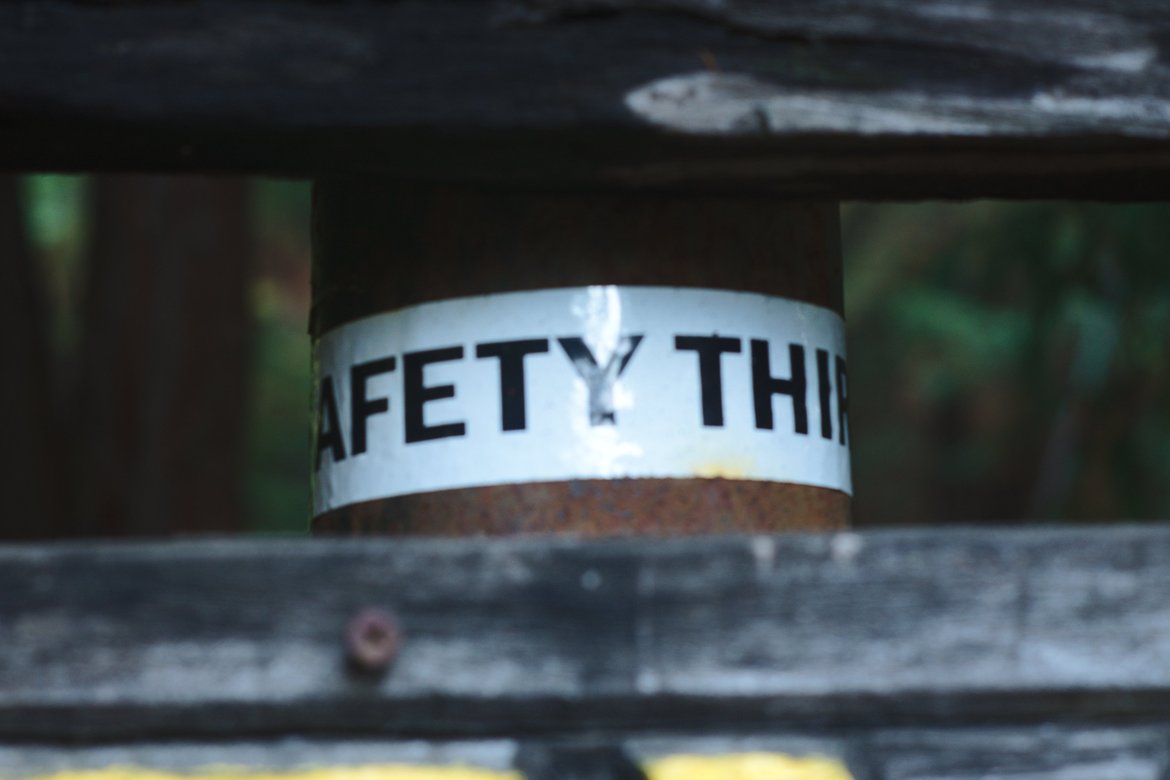
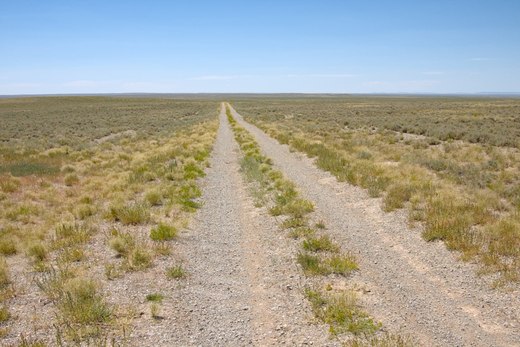

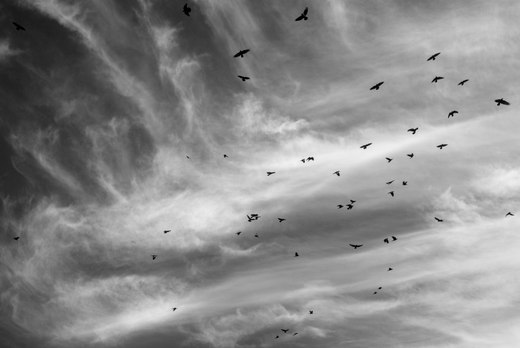
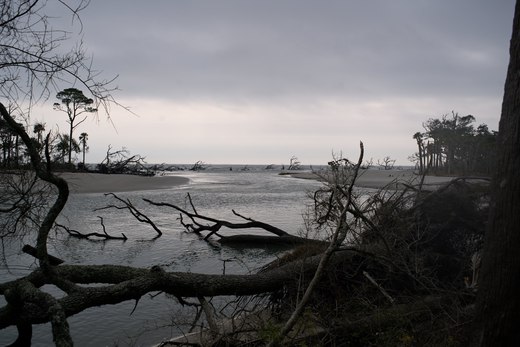
Thoughts?
Please leave a reply:
All comments are moderated, so you won’t see it right away. And please remember Kurt Vonnegut's rule: “god damn it, you’ve got to be kind.” You can use Markdown or HTML to format your comments. The allowed tags are
<b>, <i>, <em>, <strong>, <a>. To create a new paragraph hit return twice.